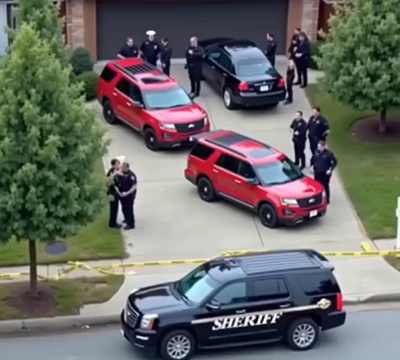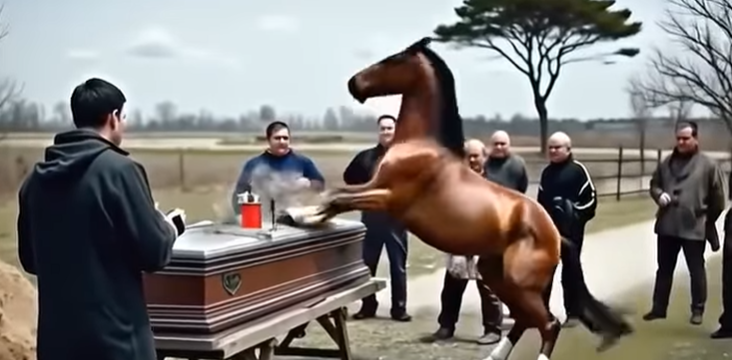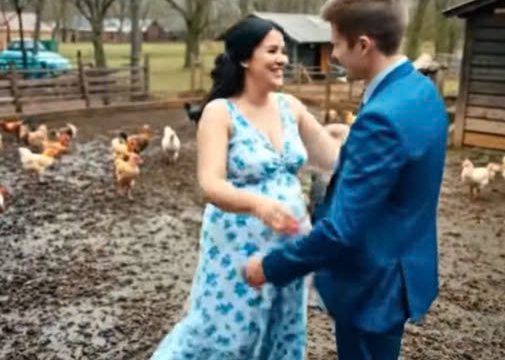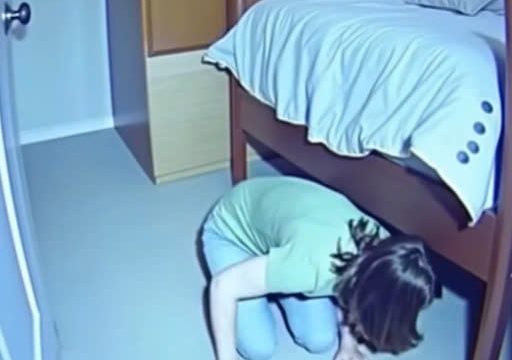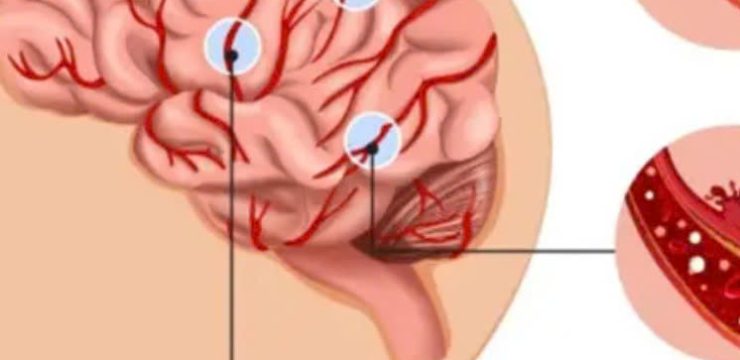Exploring older homes often feels like stepping into a time capsule, uncovering architectural details that defy modern expectations. One particularly intriguing feature is the upside-down baluster—an inverted spindle that stands out from its perfectly oriented neighbors. At first glance, it might appear to be a simple mistake. However, deeper exploration reveals that this anomaly may carry symbolic meaning, historical significance, or even deliberate design intent.

The Meaning Behind Upside-Down Balusters
An upside-down baluster can seem like an error in craftsmanship, but history and culture suggest otherwise. In some traditions, inverted balusters are rich in symbolism, representing protection or good fortune for the home’s occupants. Folklore, particularly in Scotland, ties these architectural quirks to safeguarding homes from evil spirits. Some legends even connect upside-down balusters to historical acts of rebellion or support for figures like Bonnie Prince Charlie, subtly signaling solidarity in a covert yet permanent manner.
Beyond superstitions, intentional design choices often reflect humility or reverence. In historic architecture, craftsmen would sometimes include deliberate imperfections as a reminder of human fallibility compared to divine perfection. This practice has roots in numerous cultures and is even visible in prominent government buildings like the South Dakota and Wyoming State Capitols, where small “flaws” were intentionally incorporated into otherwise grand structures. These imperfections were a symbolic acknowledgment that only a higher power could achieve true perfection.
Modern Interpretations of Upside-Down Balusters
Today, discovering an upside-down baluster sparks curiosity and invites conversation. Modern homeowners and architecture enthusiasts are drawn to these details, pondering their historical or symbolic roots. Viewed through the lens of tradition, they transform from presumed mistakes into meaningful artifacts, reminding us of the layered histories embedded within older homes.
Far from being mere oddities, these design choices highlight the creativity and storytelling of past generations. They serve as tangible connections to cultural narratives, bridging the gap between practical design and symbolic expression.
Distinctive Staircase Elements in Older Homes
Upside-down balusters aren’t the only intriguing features found in historic homes. Older staircases often boast other unique elements, such as dust corners and stair rods, which blend functionality with charm and reveal the innovative spirit of past builders.
Dust Corners: Practical Yet Decorative
Introduced in the late 19th century, dust corners were small metal guards placed in the corners of staircases to simplify cleaning. Designed to prevent dust and debris from accumulating in hard-to-reach spaces, these functional additions soon evolved into decorative accents, adding elegance to wooden staircases.
Over time, dust corners transitioned from purely practical items to charming design features. They can now be found enhancing awkward or overlooked spaces, such as corners between walls and fireplace moldings, offering a vintage appeal to modern interiors.
For those seeking to incorporate dust corners into their homes, options abound:
- Specialty Stores: Retailers like House of Antique Hardware carry authentic vintage designs that capture the charm of older homes.
- Online Platforms: Websites such as Amazon and Etsy offer a wide variety of styles, ranging from traditional to whimsical, ensuring there’s something to suit every aesthetic.
Stair Rods: A Bridge Between Tradition and Modernity
Stair rods, originally used to secure runner carpets on wooden staircases, were once essential in ensuring safety and stability. While modern carpet installation methods have made them less necessary, their aesthetic value endures.
Often crafted from materials like brass or wrought iron, stair rods evoke a sense of vintage sophistication and can add character to contemporary interiors. Today, they’re primarily decorative but still hold a place of honor in homes that value traditional design.
Homeowners interested in stair rods can find them through:
- Specialty Hardware Stores: These shops, which often focus on period homes, stock high-quality options designed to complement historic interiors.
- Online Retailers: Platforms like Wayfair and Amazon offer a range of styles, from classic designs to modern interpretations, making it easy to find the perfect match for any staircase.
Architectural Details and Their Stories
Architectural anomalies like upside-down balusters and antique staircase elements tell rich stories about the past. They reveal the creativity, ingenuity, and cultural influences of previous generations, while offering modern homeowners the chance to preserve and celebrate these details in their own spaces.
These quirks remind us that even the smallest design choices carry meaning, whether symbolic, practical, or artistic. They challenge us to look beyond their surface appearances and appreciate the narratives they hold.
The next time you come across an architectural detail that seems out of place—a spindle turned the wrong way, a decorative dust corner, or a vintage stair rod—pause for a moment. Consider the thought, intent, or tradition behind it. These features are more than just remnants of the past; they are windows into the imaginative minds of those who built our homes and shaped our spaces.
By embracing and preserving these elements, we honor the creativity and stories of those who came before us, while infusing our modern homes with a sense of history and timeless charm.
